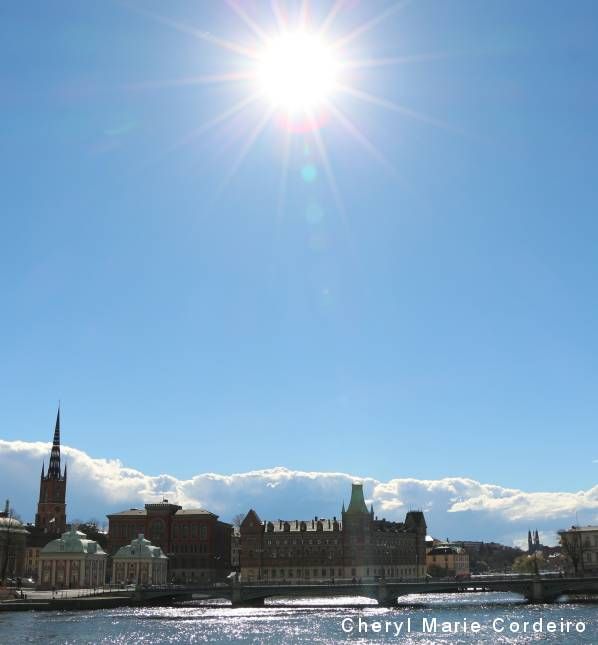Helsingborg, Sweden
Text & Photo © CM Cordeiro 2014
The Swedish Network for European Studies in Economics and Business (SNEE), held its 16th annual conference on European Integration at the Grand Hôtel in Mölle from 20th to 23rd May 2014. The focal point of discussion was the ongoing developments in the area of European integration, specifically issues related to policy influencing economic developments in the region. Continue reading ”The 16th Annual Conference on European Integration, SNEE, Mölle 2014”









